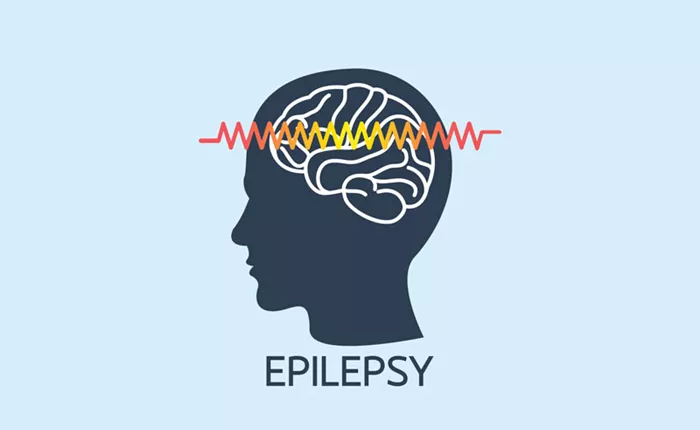Epilepsy, a common neurological disorder causing recurring seizures, affects over 70 million people worldwide. In the U.S., approximately 3.4 million individuals live with this challenging condition, and about one-third of them cannot control their seizures with medication.
For these patients, surgical removal of the epileptogenic zone (EZ)—the area of the brain where seizures start—can provide a solution, often leading to seizure freedom.
Despite the potential of surgery, the success rate of resective surgery—where brain tissue is removed to stop seizures—currently ranges from 50% to 60%.
One reason for this lower success rate is the difficulty in accurately identifying the EZs. Doctors use a combination of MRI scans, electroencephalography (EEG), and intracranial EEG to gather data and map out where seizures are coming from.
This information is used to predict the location of the EZs, based on descriptions of seizure symptoms, also known as seizure semiology.
However, inconsistencies in how different epilepsy centers describe seizure semiology can lead to confusion. Terms like “asymmetric posturing” and “asymmetric tonic activity” can mean the same thing but are used differently at various medical centers.
This lack of standardization presents challenges for surgeons trying to identify the EZ accurately.
Feng Liu, an Assistant Professor at the Stevens Institute of Technology, and his team, explored the use of Large Language Models (LLMs), such as ChatGPT, to help standardize and interpret these descriptions.
Their research suggests that LLMs could assist in accurately localizing the epileptogenic zones by analyzing the complex descriptions of seizures.
In their study, the team surveyed five board-certified epileptologists who were asked to identify the EZ based on descriptions of seizure semiology.
They then used ChatGPT to perform the same task and compared the results. The findings revealed that ChatGPT performed equally well or better than the epileptologists in identifying commonly located epileptogenic zones, such as the frontal and temporal lobes.
However, epileptologists were more accurate in identifying rare EZ locations, such as the insula and cingulate cortex.
The results of this study were published in the Journal of Medical Internet Research on May 12. To further enhance LLMs for this task, Liu and his team created a specialized version, called EpiSemoLLM, specifically designed to interpret seizure semiology.
Hosted on a Stevens Institute of Technology GPU server, EpiSemoLLM can help guide neurosurgeons and epileptologists during the presurgical phase, improving decision-making.
Liu believes the best approach is for AI models and human experts to work together. “Our results show that LLMs and specially fine-tuned versions can be valuable tools in the preoperative assessment for epilepsy surgery,” he explains. “Combining human expertise with AI could lead to better outcomes for patients.”
Related topics:
- Epilepsy Drug Shows Promise For Treating Sleep Apnoea, Study Reveals
- Can Gabapentin Treat Anxiety?
- Study In Mice Reveals Why Brain Disorders May Affect Males & Females Differently


